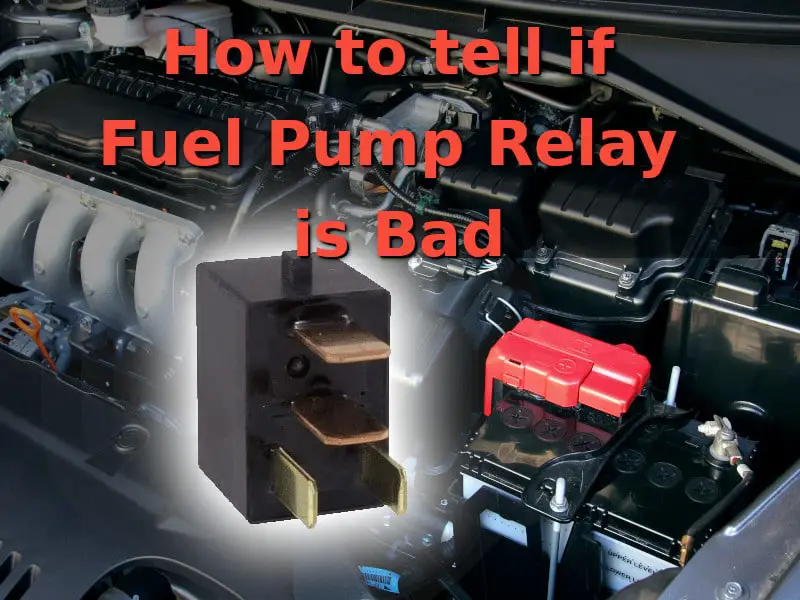
The fuel pump in your 3.0L Ford Ranger is located inside the fuel tank. Resetting the fuel pump inertia switch simply involves pushing down on the button located on top of the inertia switch till it bottoms out. This means that it's always a good idea to check and reset the inertia switch whenever testing the fuel pump. It'll crank but not start, which can lead you to believe that the fuel pump is bad.Īlthough it's designed to activate during a severe impact caused by an automobile accident, sometimes it gets activated by less than severe impacts. When the inertia switch is jolted into action, the engine is not gonna' start. It's usually located on the right side (passenger side) of the dash, below the glove box. Your Ford comes equipped with a fuel pump inertia switch, whose job is to de-activate the fuel pump in case of an impact and thus prevent a possible fire from fuel spilling. As you can see in the photo above, it's next to the ignition coil pack. This is the fuel rail that feeds injectors for cylinders 1, 2, and 3. The Schrader valve is located on the fuel injector rail (on the majority of vehicles covered by this tutorial). NOTE: The photo above is of a 1999 3.0L Ford Ranger's Schrader valve. Go to: TEST 1: Checking Fuel Pressure With A Fuel Pressure Gauge.

Now, remember what I said about this test not being very accurate? Well, I suggest you do one more test and this is to check the fuel pressure with a fuel pressure test gauge. This usually means that a lack of fuel IS NOT the reason your car is not starting. Go to: TEST 1: Checking Fuel Pressure With A Fuel Pressure Gauge.ĬASE 2: The engine did not start, not even momentarily. Your next step is to check to see what the fuel pressure is with a fuel pressure test gauge. This test result tells you that the no-start problem is due to a lack of fuel. OK, let's find out what your results mean:ĬASE 1: The engine started and ran for a few seconds.

You'll get one of two results with this test:ġ.) The engine will start momentarily and after a few seconds will die or.Ģ.) The engine will only crank but not start at all. This will prevent any backfire, that might occur, from scaring the heck out of you when cranking the engine. IMPORTANT: This is a very fast and easy test but you do have to take one very important safety precaution and this is to reconnect the air intake duct after spraying starting fluid down the throttle bore (although you don't have to fasten it).


This means that, to get an accurate test result, you have to first check all (or at least the majority of) cylinders for spark test with a dedicated spark tester before you perform the starting fluid test. I've been using the starting fluid test, to diagnose a lack of fuel causing a no-start problem, ever since I've been working on cars professionally but let me tell you that the successful outcome of this test depends on making sure that all 6 cylinders are getting spark. TEST 2: Using Starting Fluid To Confirm Lack Of FuelĪlthough using starting fluid to check a no-start is not the most accurate way to test the fuel pump, it's the fastest way to jump start your troubleshooting efforts.


 0 kommentar(er)
0 kommentar(er)
